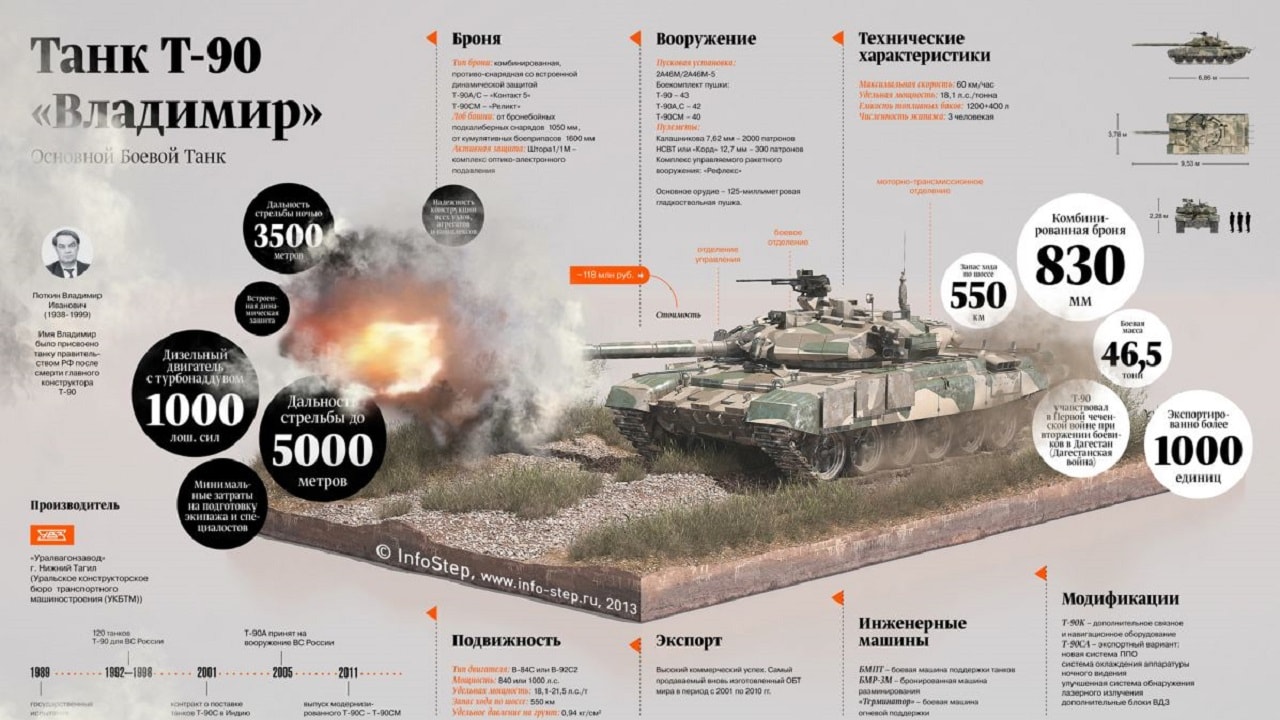Captured Russian weapons in Ukraine are being closely studied by the British Army in London, something likely to further solidify insights and technical understanding of Russia’s platforms.
Revelations about the ongoing study of Russian weapons used in Ukraine surfaced in a report in the Drive, which explained that the United Kingdom is conducting “foreign material exploitation.”
Platforms such as T-72 and T-90 tanks are likely already reasonably well known by NATO countries, yet vehicles captured in Ukraine in recent months will let Ukraine forces and NATO allies know what kinds of upgrades, if any, have been woven into the vehicles.
For example, have Russian weapons developers upgraded the sensing, computing, or targeting technologies of any of its T-72 and T-90 tanks? This is a critical question and the answer may be simply “not very much,” as Russia’s tanks have proven extremely vulnerable. Are there new sensing systems or fire control technologies embedded into legacy tanks?
It seems most likely that the most advanced Russian equipment such as the upgraded T-90 has had some upgrades, therefore British weapons developers can likely better understand Russian processes for upgrading and the kinds of technologies used.
Russian Drones and Electronic Warfare
Other areas where value-added intelligence can be learned might likely be in the areas of unmanned systems and electronic warfare (EW). An inspection of downed systems could help determine what kinds of networking Russia uses to connect its drones to command and control systems.
Also, Russia is known to have effectively used advanced EW during its invasion of Ukraine in 2014, so NATO is likely interested in learning what kinds of upgrades or adaptations have been made. A large advantage will simply come from a close examination of “methods” of technological upgrades, as the British can likely discern which technologies have been upgraded and how they have been maintained.
NATO would also want to not only study Russian combat tactics but examine any enterprising adaptations the Russians may be using with drones. Western powers can gain insight into how drones are armed and the types of networking mechanisms through which they are guided or able to send information. Most of all, the UK might want to know just how evolved Russia is when it comes to questions of AI and autonomy, meaning how advanced is Russia when it comes to manned-unmanned teaming.
The U.S. Air Force, for example, is able to network drones with manned platforms using secure datalinks for a “loyal wingman” program wherein unmanned systems are controlled from the cockpit of a manned platform such as F-22 and F-35 airframes.
The Russian TASS newspaper has written about comparable efforts with Russia’s military to develop a loyal wingman program, yet it remains unclear just how far along it may be. Therefore, the UK would benefit from learning about the maturation of Russia’s networking, computer processing, command and control, and information sharing.
How advanced is the Russian military when it comes to questions of AI and autonomy? A close look at the hardware obtained in Ukraine is likely to yield extensive results and help the West understand what if any recent innovations have been woven into operational platforms.
Kris Osborn is the Military Affairs Editor of 19FortyFive and President of Warrior Maven – Center for Military Modernization. Osborn previously served at the Pentagon as a Highly Qualified Expert with the Office of the Assistant Secretary of the Army—Acquisition, Logistics & Technology. Osborn has also worked as an anchor and on-air military specialist at national TV networks. He has appeared as a guest military expert on Fox News, MSNBC, The Military Channel, and The History Channel. He also has a Masters Degree in Comparative Literature from Columbia University.
From 19FortyFive
The Second American Civil War Has Begun

